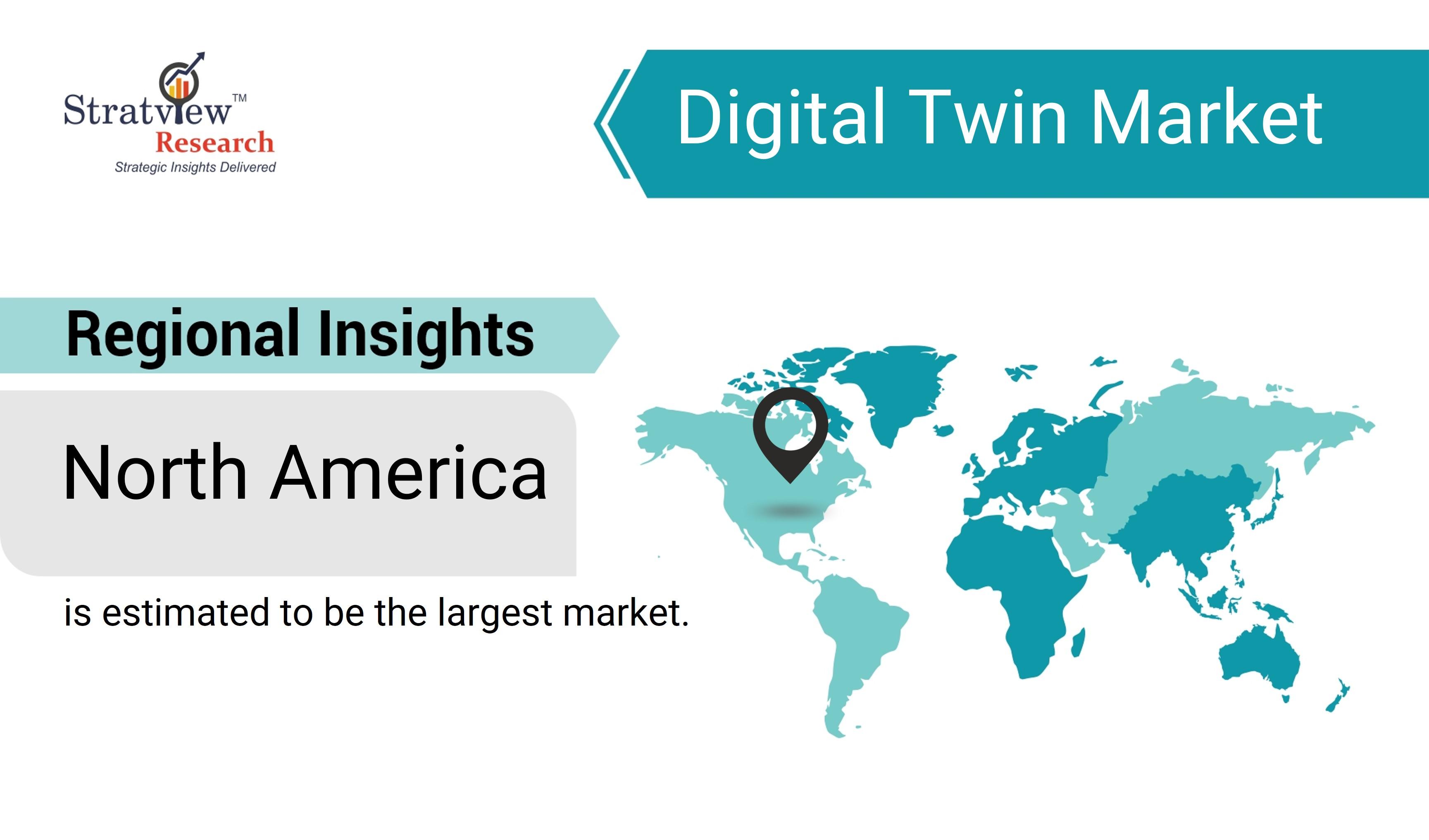Digital Twins and Sustainability: How Virtual Models Are Reducing Waste

In the quest for sustainability, industries are increasingly turning to innovative technologies to minimize waste and optimize resource usage. Among these technologies, Digital Twins stand out for their ability to create virtual replicas of physical assets, systems, and processes. By leveraging real-time data and advanced simulations, Digital Twins offer powerful tools for reducing waste and enhancing environmental sustainability. This article explores how Digital Twin technology contributes to sustainability efforts across various industries.
According to Stratview Research, the digital twin market was estimated at USD 10.36 billion in 2022 and is likely to grow at a CAGR of 44.01% during 2023-2028 to reach USD 92.44 billion in 2028.
Optimizing Resource Usage
Digital Twins enable precise monitoring and management of resources, leading to significant reductions in waste. In manufacturing, for example, Digital Twins provide real-time insights into production processes, identifying inefficiencies and optimizing resource allocation. By simulating different scenarios, manufacturers can determine the most efficient use of materials and energy, minimizing waste and reducing operational costs. This optimization extends to supply chain management, where Digital Twins help ensure that inventory levels are accurately maintained, preventing overproduction and excess stock.
Enhancing Predictive Maintenance
Predictive maintenance is another area where Digital Twins contribute to sustainability. By continuously monitoring the condition of equipment and machinery, Digital Twins can predict potential failures and schedule maintenance activities before breakdowns occur. This proactive approach reduces downtime and extends the lifespan of assets, minimizing the need for replacements and the associated waste. In industries like energy and utilities, predictive maintenance enabled by Digital Twins ensures that infrastructure operates at peak efficiency, reducing energy consumption and emissions.
Supporting Circular Economy Initiatives
The circular economy model, which focuses on reusing, recycling, and repurposing materials, benefits greatly from Digital Twin technology. Digital Twins facilitate the tracking of products throughout their lifecycle, providing detailed information on their condition and usage. This data enables more effective recycling and repurposing of materials, ensuring that resources are not wasted. In the automotive industry, for example, Digital Twins can track the condition of vehicles and their components, allowing for the efficient recycling of parts and reducing the need for new materials.
Reducing Carbon Footprint
Digital Twins also play a crucial role in reducing the carbon footprint of operations. By simulating energy consumption and emissions, Digital Twins help identify areas where energy efficiency can be improved. This is particularly relevant in the construction and real estate sectors, where Digital Twins of buildings can optimize energy usage, enhance insulation, and improve HVAC systems. The result is a significant reduction in greenhouse gas emissions and lower energy bills, contributing to both environmental and economic sustainability.
Facilitating Sustainable Product Design
In product design, Digital Twins enable engineers to test and refine designs in a virtual environment, reducing the need for physical prototypes. This not only saves materials but also accelerates the design process and reduces the environmental impact of product development. By simulating real-world conditions, Digital Twins ensure that products are designed for durability and efficiency, further contributing to sustainability goals.
In conclusion, Digital Twin technology is a powerful enabler of sustainability across various industries. By optimizing resource usage, enhancing predictive maintenance, supporting circular economy initiatives, reducing carbon footprints, and facilitating sustainable product design, Digital Twins significantly reduce waste and promote environmental stewardship. As industries continue to embrace digital transformation, the role of Digital Twins in achieving sustainability objectives will only grow, paving the way for a greener and more efficient future.
- Questions and Answers
- Opinion
- Motivational and Inspiring Story
- Technology
- Live and Let live
- Focus
- Geopolitics
- Military-Arms/Equipment
- Security
- Economy
- Beasts of Nations
- Machine Tools-The “Mother Industry”
- Art
- Causes
- Crafts
- Dance
- Drinks
- Film/Movie
- Fitness
- Food
- Games
- Gardening
- Health
- Home
- Literature
- Music
- Networking
- Other
- Party
- Religion
- Shopping
- Sports
- Theater
- Health and Wellness
- News
- Culture

